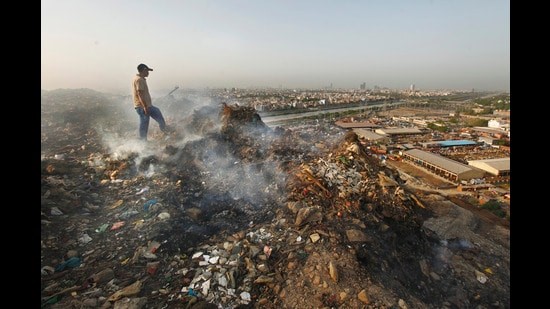Free Courses Sale ends Soon, Get It Now


Free Courses Sale ends Soon, Get It Now



Disclaimer: Copyright infringement not intended.
Context
Details
Biomining
History
Mechanisms of Biomining
Types of Biomining
Industrial Applications
Microbial Processes in Biomining
Environmental and Economic Benefits
About Waste Treatment
Types of Waste
Waste Treatment Processes
A)Physical Processes
B) Chemical Processes
C) Biological Processes
D) Advanced Treatment Technologies
Waste Disposal Methods
Environmental Impact and Sustainability
|
PRACTICE QUESTION Q. By employing a combination of physical, chemical, and biological techniques, waste treatment facilities can minimize pollution and maximize resource recovery. Illustrate with examples. (250 Words) |
© 2024 iasgyan. All right reserved